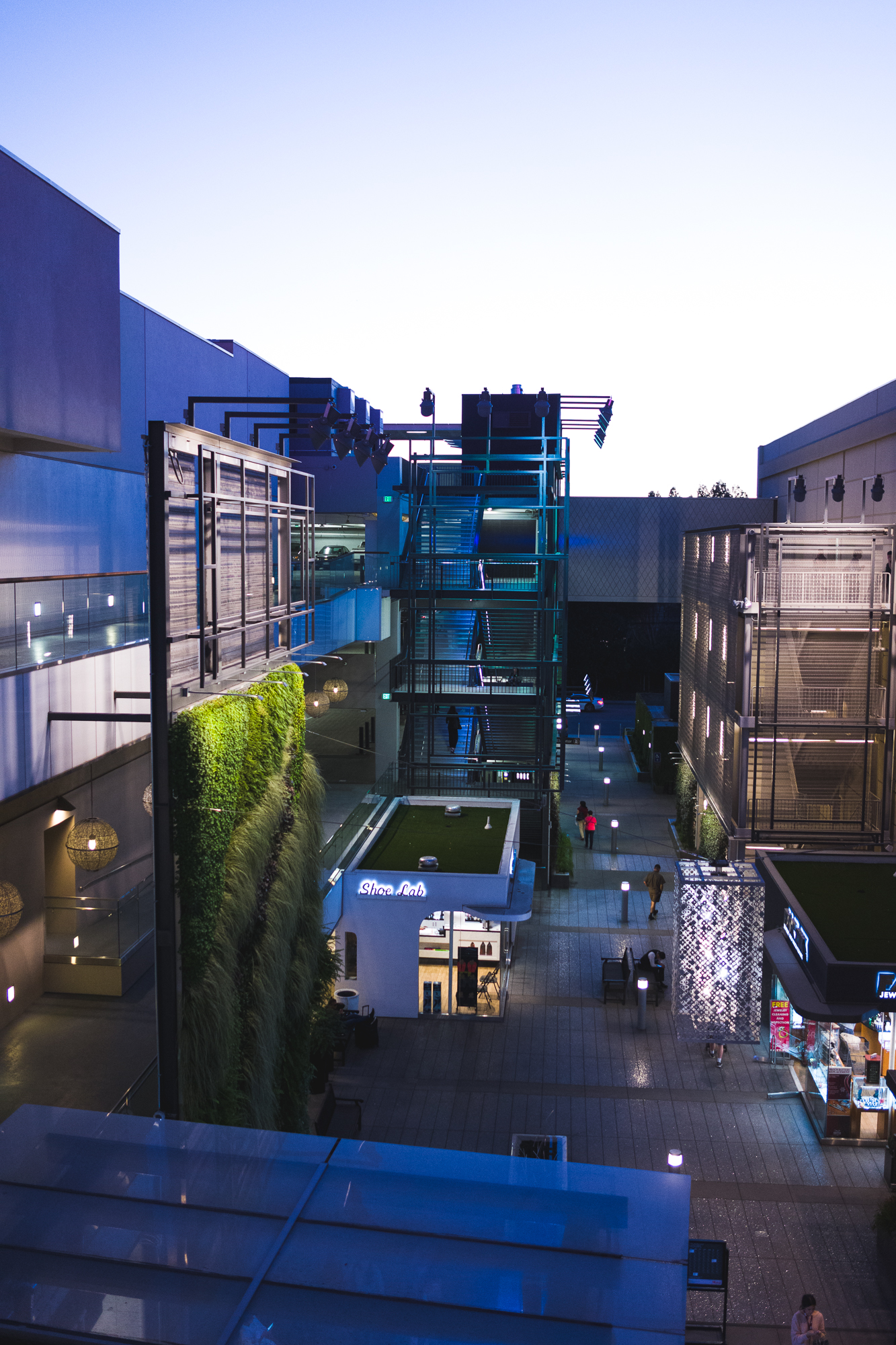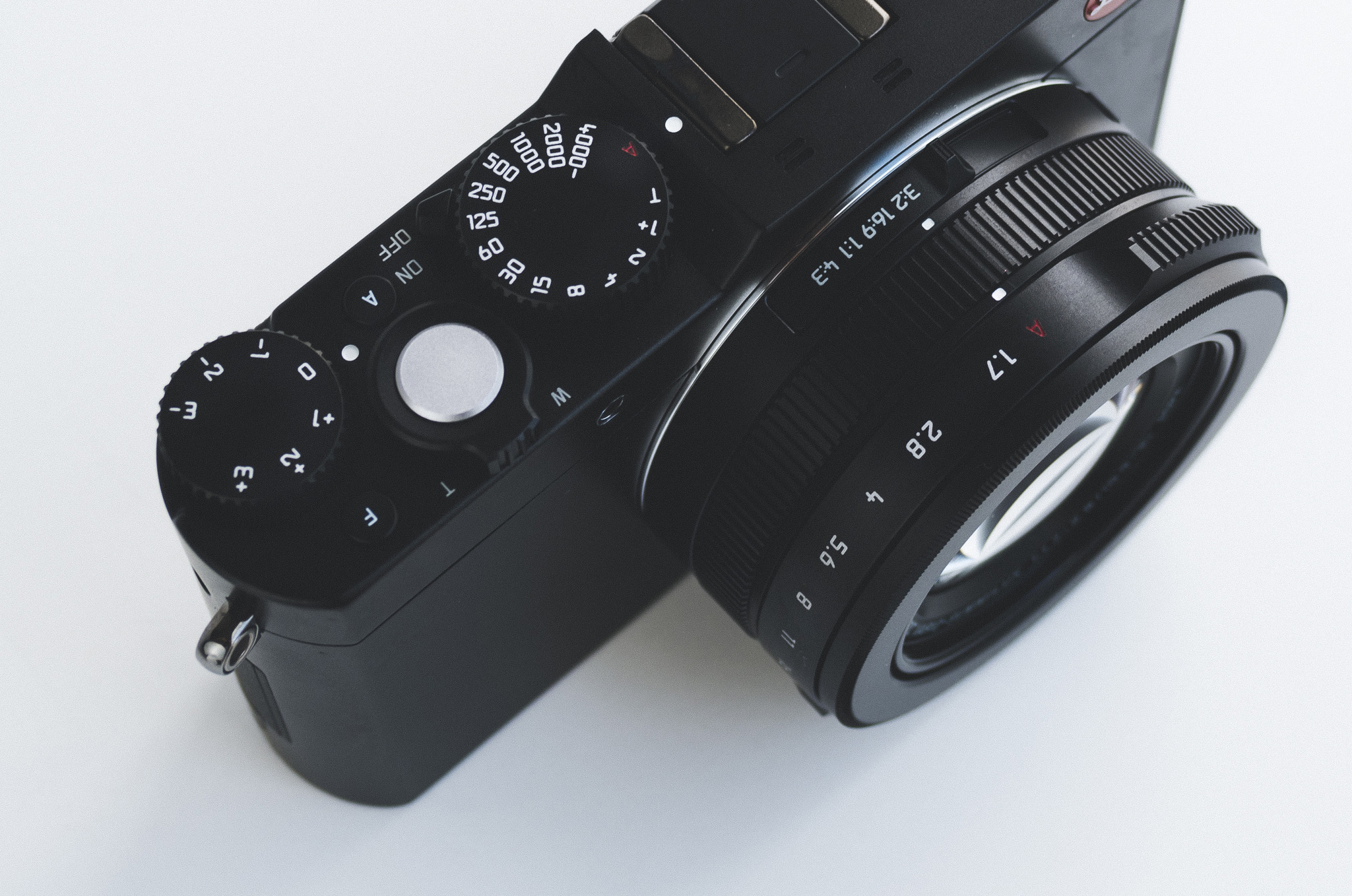The new Leica Q is here, and I am planning on taking it out for a thorough evaluation this weekend... Sample images will be posted right here soon, as well as my impressions of the camera and how it works. The first image above is from Leica Camera, the rest are my own and may not be used or reproduced without my written permission. The Leica Q was borrowed from Leica Store Miami for this review, but all opinions expressed here are my own and I am not paid or endorsed by anyone to write this review.
The Leica Q has a 28mm fixed lens with 3 aspherical elements, f/1.7 lens, full-frame sensor, and a very nice built-in EVF (electronic viewfinder). Those are the most important specs, but I will elaborate in my review when I finish it.
The Q uses an existing battery from the V-LUX so you won't have trouble finding extras once you get the camera. Leica accessories are notoriously hard to come by, even months after a new camera comes out. At least you'll have a battery, but don't hold your breath for the half case, grip, or other add-ons. The grip is very nice, by the way, and I've been using it most of the time.
I will also include a comparison to other cameras, both from Leica and from other camera brands (looking at you, Sony RX1/R)
Below is the first sample image I'm posting from the Leica Q, and I think it speaks volumes about the capabilities of this camera. Very little was done to this file in Lightroom 6, honestly I spent about 30-45 seconds on it. I have personally shot with the new Monochrom, and the original Monochrom (one of my favorite cameras of all time in terms of image quality), and I think this file looks pretty good considering it's a conversion from color rather than a b&w raw file like the Monochroms produce.




































